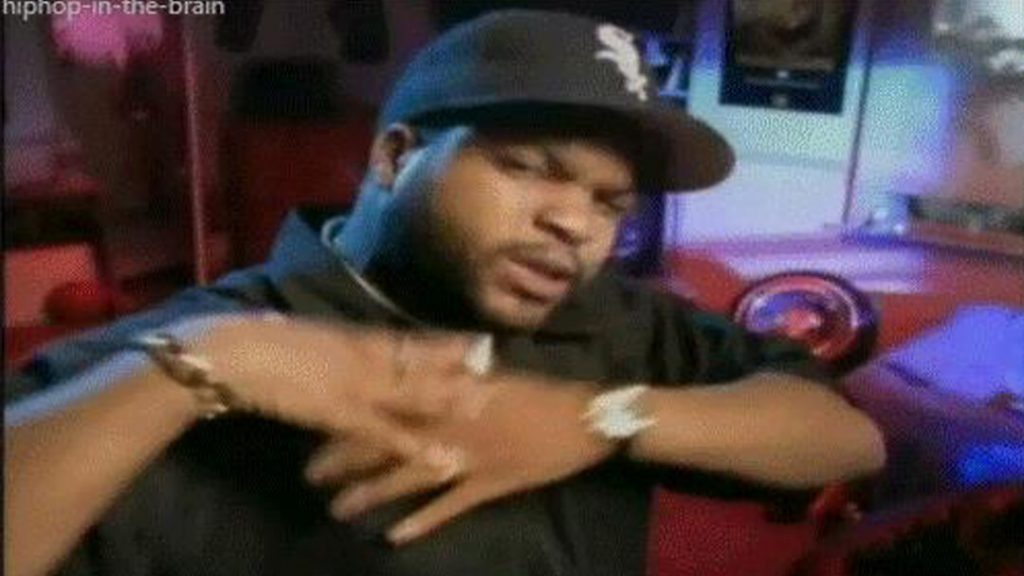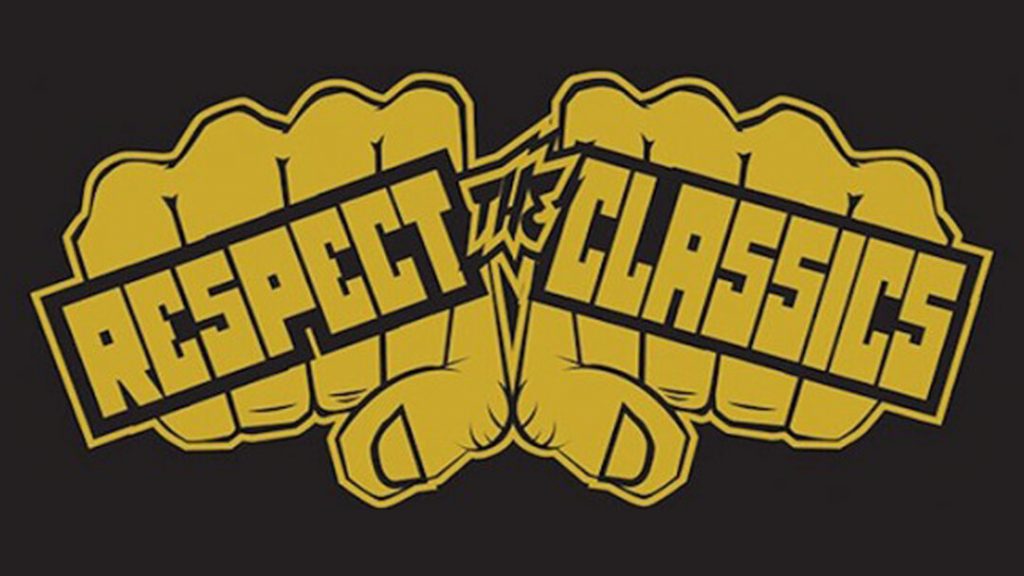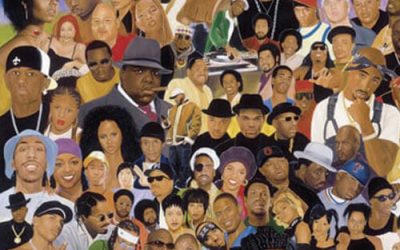Through the early records of Run-D.M.C. and LL Cool J. came the second wave of Hip-Hop called the new school Hip-Hop. Everything that existed before became old school. The new school of Hip-Hop was out in the open, officially claiming its space in the streets of New York City. The new school genre was initially characterized by instruments like drum machine with influences from rock music and metal.
The aggression associated with Hip-Hop came in this era of late 1980s to 90s. The style became known for the battle style, with taunts and boasts about rapping, and socio-political commentary. The rap and dance moves were often delivered in an aggressive, self-assertive style and much like their art, the artists maintained a cool, tough yet strong street attitude.

And thus, began the era of mainstreaming Hip-Hop in the international music industry. New school artists made shorter songs that could more easily bag radio coverage with more cohesive and in-sync with the current style albums. And just like that Hip-Hop music became commercially successful, and culturally relevant for all times especially after the Beastie Boys’ 1986 album Licensed to Ill, which was the first rap album to hit No. 1 on the Billboard charts.

The new school Hip-Hop is what brought what Rolling Stone likes to call The Golden Age of Hip-Hop. From here on, it became a cultural revolution, a way of life, a kind of music ingested in the system of the upcoming young generation. The style in this era was known by the diversity, quality, innovation and influence of the content produced by artists. Through personal lived experiences and a strong sense of Afrocentrism, most music was constructed around ideas of diversity and political militancy and experimented with different genres such as jazz.
The strong aggression over American social issues led to the birth of another distinct sub-genre of Gangsta Rap which was widely controversial and criticised by many including Bill Clinton and George Bush Sr. The mainstream appeal of Hip-Hop made it survive tough waters in 1990s. While the genre made it to the top of the charts, Hip-Hop’s son Ronald “Bee-Stinger” Savage a former member of the Zulu Nation gave the world the Six elements of the Hip Hop Movement, which were: Consciousness Awareness, Civil Rights Awareness, Activism Awareness, Justice, Political Awareness, Community Awareness in music.

While Hip-Hop survived despite all odds, the rappers led tumultuous lives. A rivalry set in East and West Coast of the States, post the killings of The Notorious B.I.G and Tupac Shakur by unknown assailants.
1990s also marked the era of cult Hip-Hop personalities like Dr Dre, Snoop Dogg, Nas and Jay-Z among others.

One of the major reasons why Hip-Hop became a cult is because while staying original to the street flavour, it has diversified through time with new sub-genres giving a different inclusivity each time.
For instance usage of soul music with rap to form Neo Soul or with heavy metal and punk rock became popular in the 90s. While Hip-Hop till this time was predominantly a black field, the emergence of white rappers like The Beastie Boys and Eminem’s The Slim Shady LP was widely accepted.
2000s and beyond have marked a different, new age period of Hip-Hop. The 2000s brought rappers like K’Naan, Kanye West, Eminem to the fore and other forms of Hip-Hop like B-Boying, Beatboxing also started getting mainstream attention with fusion styles.

Graffiti, though widely contested and criticised still holds a huge respect in the art forums. Though most graffiti artists have adopted the Banksy-esque style of concealing identity, their voice lives on through their art.
Hip-hop is now being used as a method of educating young minds by inculcating the elements in school education. A widely consumed genre, what started as a voice to express lived experiences of discrimination has now been accepted as one of the most culturally relevant forms of art, which has space for everyone.





